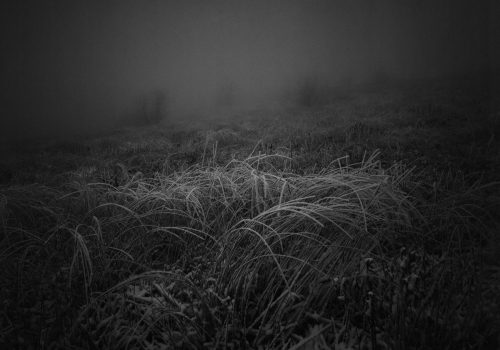As one of the last rural areas in Europe, Bieszczady became a region where people looked for a distant shelter to escape the suffocating life of a demanding society. The protagonists carefully chosen by Agata Grzybowska arrived in Bieszczady between the 1950s and the 1980s. Each person came to this remote area for a slightly different reason, and none of them has left since. People who choose to arrive here live in solitude, because they were looking for a way to relinquish civilisation.
After a tumultuous history going back ages, and as a consequence of mass resettlements and alteration of borders, from the 1950s onwards Bieszczady became synonymous with a mythical land of freedom. As a battleground for Russian and Austro-Hungarian armies during the First World War, shortly afterwards followed by the Polish-Ukrainian War, and an area of major conflict in World War II, depopulation and devastation of the natural landscape were the result.
The landscape is dominated by long ridges that extend in a regular pattern, parallel to each other, from the northwest to the southeast. Due to its still abandoned character, it is an attractive area for seclusion. Grzybowska herself was looking for an understanding of loneliness as one of her own needs. She decided to travel to the mountains, and stayed around for months, spending long days on her own and with the people she met. Next to the portraits and landscape photography, she collected audio materials, which the artist Bartosz Dziadosz then processed, blending them into his compositions—the result is a remarkable sonic essay entitled 9 Gates of No Return.
Krakow Photo Month
May 25 to June 24, 2018
Krakow, Poland
http://photomonth.com/en/main-program/space-of-flows/
















